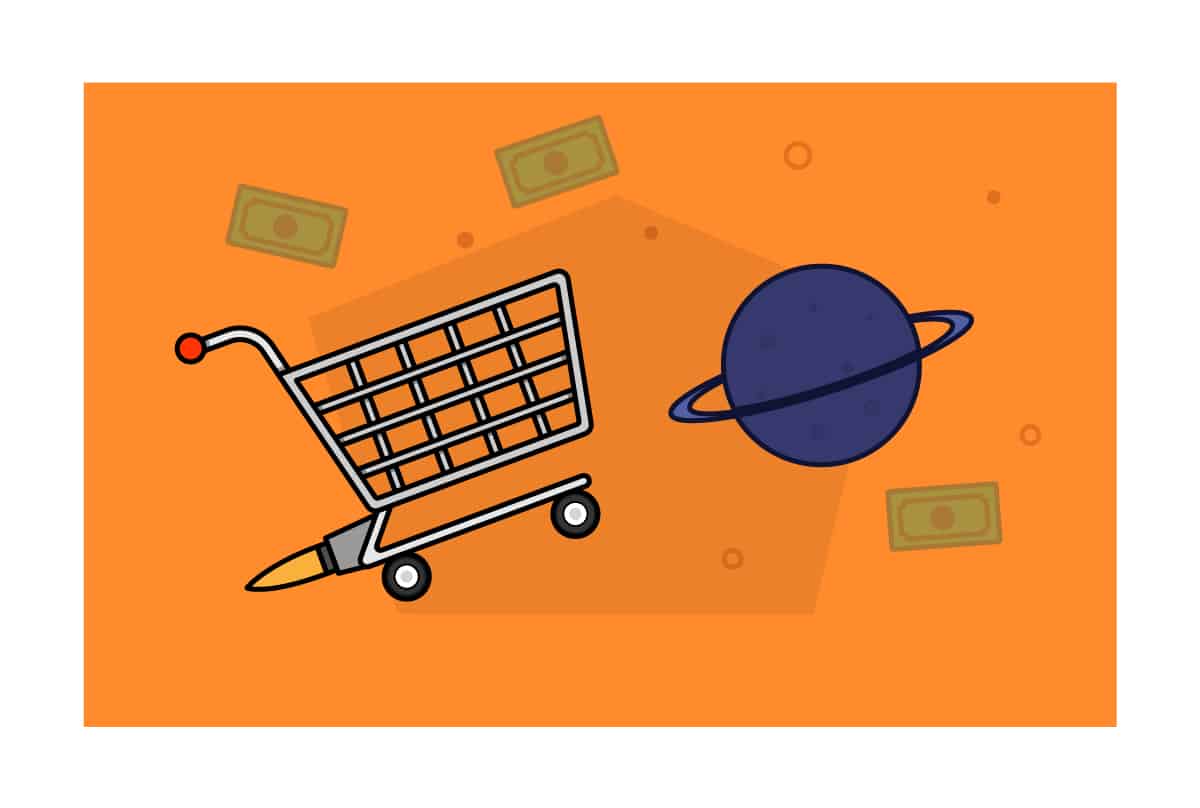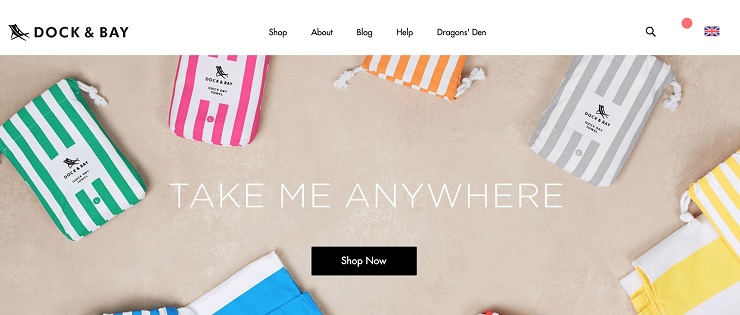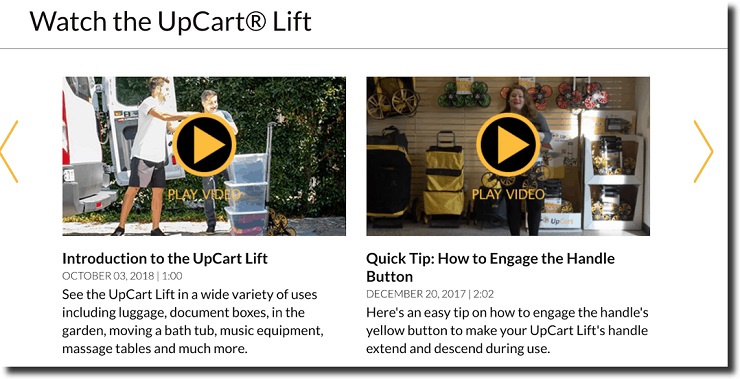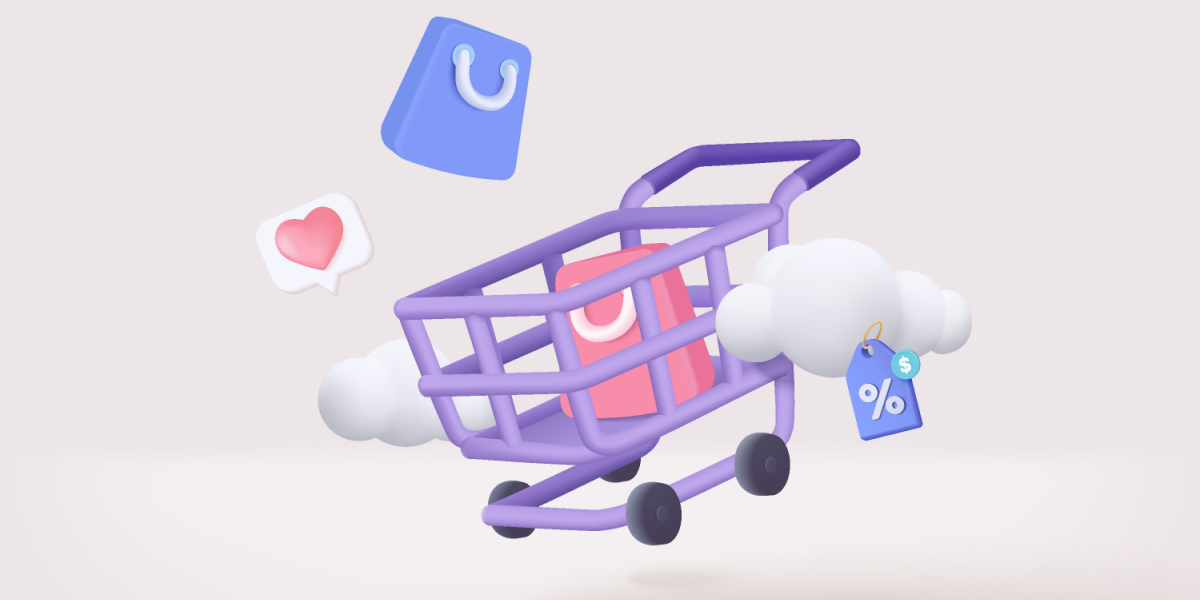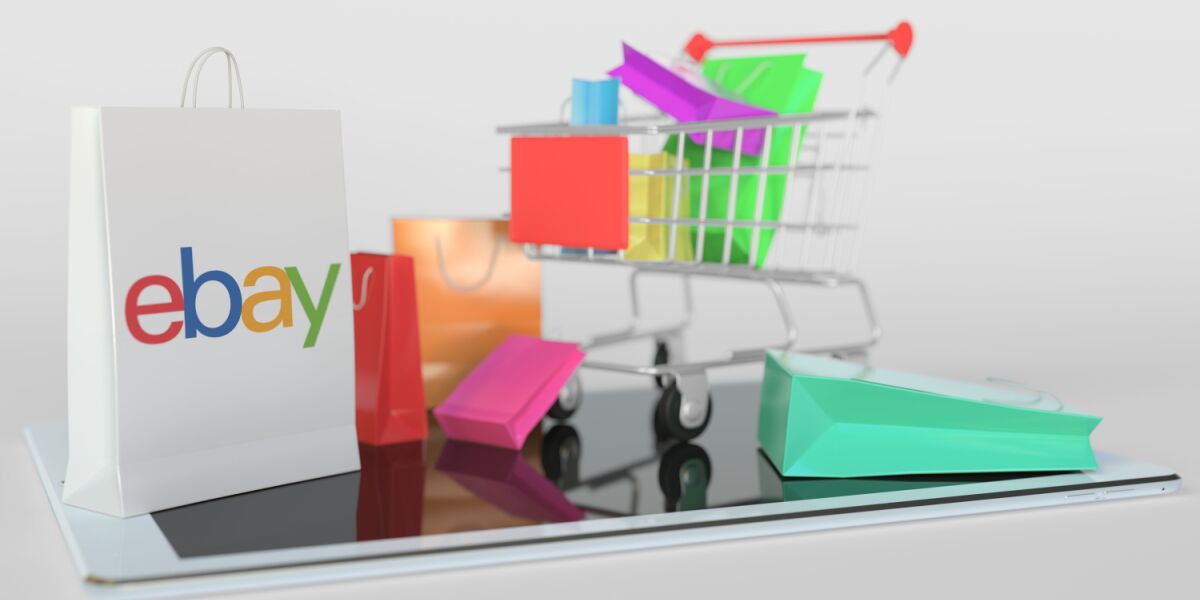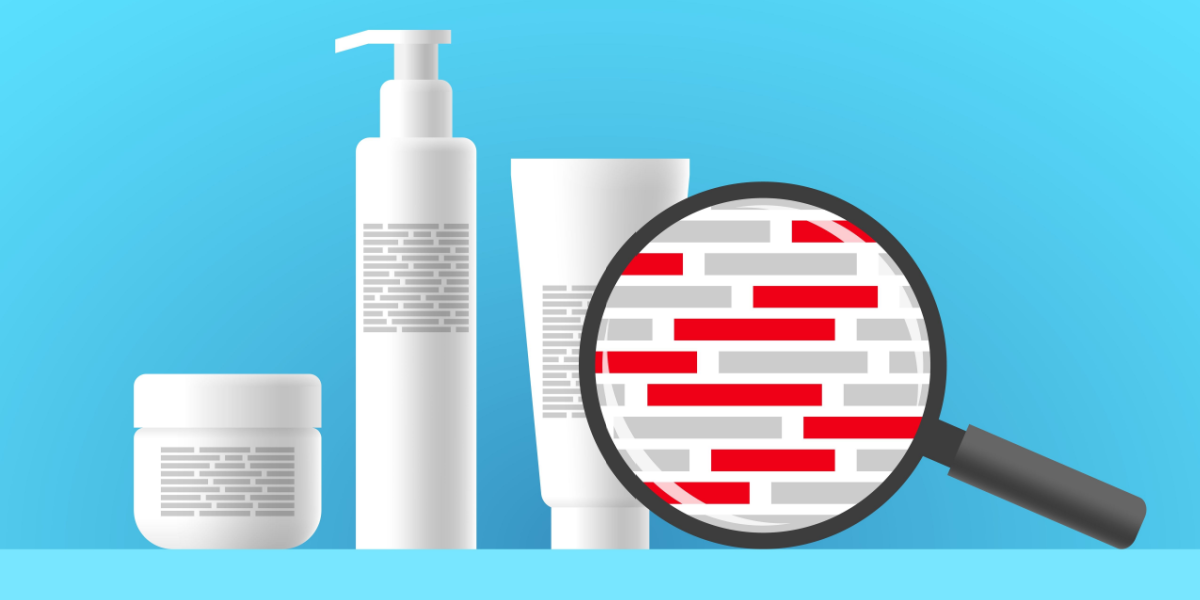There’s a lot of advice out there around the topic of making money in ecommerce. More than 80 million pieces of advice, in fact!
Most of these posts are about similar topics: picking the right niche, selling the best products, and so on and so forth.
The problem is that so many of these guides are put together by writers or content marketers (like myself!) who haven’t actually achieved the results they’re writing about. Sure, they do solid research, and there are exceptions (like this one I wrote on starting an ecommerce store in a week, based on my own experience).
But a lot of advice out there hasn’t really been tested in battle.
So we went directly to the source. I’ve gathered seven ecommerce entrepreneurs who have built their own multimillion-dollar ecommerce stores from the ground up, and asked them to share the secrets to their success.
Based on their answers, I’ve identified six key elements that helped them get to where they are today.
1. Invest in Online Marketing Early, and Do it Right
Thanks to online marketing, it’s never been easier to launch a business and see it spike in sales and revenue like today. This may sound like common knowledge, but all of the entrepreneurs interviewed shared the same piece of advice: If you want to grow your ecommerce store fast and furiously, then you need to invest in online marketing.
“Invest in online marketing from day one; it really is where the world continues to spend more and more time,” says Andy Jefferies, one of the founders of Dock & Bay, a lifestyle brand that sells travel apparel, fitness, and beach accessories.
At first, they sold exclusively through Amazon’s marketplace. That worked fine, and they made good money for a while:
We began the business with an Amazon-first approach, whereby we tested our products on Amazon in the UK and USA (whilst having a website too). We saw it as the most attainable channel to reach the most customers with the least amount of money. So we made sure we really stood out. And it worked! We grew rapidly in both markets and it gave us the cash required to take our business to the next level and grow globally.
But having one channel—and one you don’t control—is a recipe for disaster. It took them almost two years to break from Amazon and develop their own online marketing strategy, but the results paid off.
As Amazon and other marketplaces become more competitive, ecommerce marketers face the need to create their own marketing channels. Out of all the online marketing channels available, content marketing is one of the few that can help you connect directly with your audience, build brand loyalty, and generate sales at the same time.
Tyler Robertson, founder and CEO of Diesel Laptops, a store that makes over $20 million a year selling diagnostic hardware, software, and services to the trucking and off-highway diesel industry market, believes that spending heavily on content is one of the best investments to make, even if the results take time to develop.
It may seem like a waste of time to spend six to eight hours writing a very high-quality blog post, but that single blog post can literally deliver hundreds of thousands of visitors to your website each year. People love getting value and free stuff, so we focus a lot of our blog posts around giving out free information. This really positions us as the authority with both our clients and search engines.
Besides writing high-quality content, you can also consider using videos, a type of media that has done well for many online retailers.
Back in 2014, Animoto found that 96% of shoppers find videos helpful when making purchase decisions online, and they clearly remain a staple in ecommerce marketing.
“We have found that videos are the most effective way of promoting our products,” says Michael Reznik, co-founder and CEO of TriFold LLC, the company that invented the UpCart.
UpCart has had success creating tutorials where they explain how you can use their products in different situations. Such videos help explain the functionality of their products and generate traffic to their site.
A video on its own, however, won’t work unless you use it to attract visitors to your site. To do that, you need to promote it, and there are two main roads you can take, YouTube and Facebook.
- YouTube
Between these two options, Reznik says “advertising on Facebook has been the #1 tactic we have leveraged to accelerate our growth.”
Finding success with YouTube is more like ranking a site in Google; it can be massively profitable, but it takes a long time to succeed. Advertising on Facebook comes with its problems, however. Reznik has found that the constant changes Facebook makes to its advertising platform can pose a challenge:
It is very important to note that Facebook’s algorithms are constantly changing and managing our Facebook ads has been an incredibly dynamic process. We still spend the majority of our digital ad spend on Facebook, but are constantly modifying our techniques to optimize ad spend.
Finally, you can consider using affiliate marketing. With this channel, you find people who have an audience—the “affiliate partners”—and have them promote your products for you in exchange for a commission.
A channel sometimes perceived as shoddy, if used correctly, affiliate marketing can be as effective as any other and fully respectable. As long as the product sold does what the affiliate partner says it does, and there’s proper disclosure, there’s not a lot of difference between this and using influencers or user-generated content.
Logan Christopher, co-founder and CEO of Lost Empire Herbs, a company that sells herbal supplements, recommended that channel as a key reason for its fast growth:
I have built some relationships with people that had a following (especially email lists) around some of the topics we covered, such as fitness or hormone health. We then offered them a generous commission to promote our products. We got new customers from them and gave them a cut of the profits. That’s a win-win-win. This was the primary thing that took us from just starting out to seven figures.
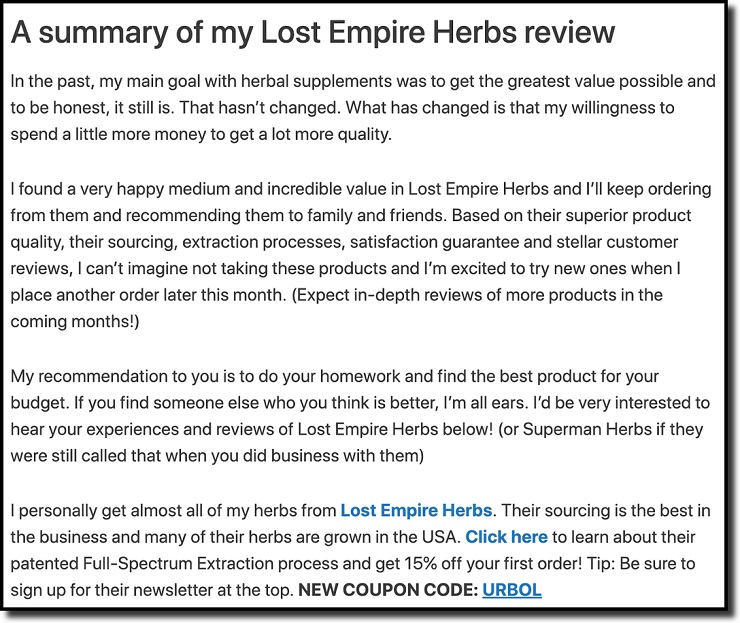
Lessons:
- Invest in online marketing early, before you need it.
- Consider using content marketing—whether that’s in the form of blog posts or videos.
- Think of the distribution of the content—Facebook ads, online communities, SEO.
- Affiliate marketing can also work wonders if you make sure there’s no ethical issues with the claims your partners make about your products.
2. Build a Team of A-Players
The online world is filled with stories of one-person shops that grew from zero to (supposedly) $1 million in revenue in under a year, all from their bedrooms. But in reality, such epic stories are almost never reality. You can indeed go far on your own, but there are limits to what one person can do.
Even Adam Smith, the father of economics, explains that the engine behind explosive economic growth is specialization, what he called “division of labor.” In the simplest terms, the more specialized you are, the more value you can offer, the more you can earn and grow.
Specialization is also why an entrepreneur can capitalize on the power of a team. A team of experts will help you tap their unique expertise and free your time to focus on the important aspects of your work—namely, hiring more people, developing new growth strategies, and finding new products to sell.
Team building is a skill, and a hard one at that. You will make mistakes, like hiring someone who’s not a good fit for your company, or hiring too many people too fast. But as Marc Bennioff, Salesforce’s founder and CEO, once said, “acquiring the right talent is the most important key to growth.”
As Logan Christopher says:
To grow an ecommerce business, I had to learn whole new skill sets involving growing a team and managing people. People can be sources of endless frustration…and they can also be the greatest thing in the world. I’ve found that your skills in recruiting and managing (not to mention a bit of luck) make a huge difference in which category you fall in.
You’ll need to approach team building and management as any other skill.
And just like your online marketing strategy, start thinking about your company’s culture and the hiring and management processes before you need them.
Julien Sylvain, founder and CEO of Tediber, France’s first online brand of mattresses, named team building as one of the most important reasons for his company’s success, albeit one that has taken a lot of time to sprout:
Building a great team is very hard. It took us two years to stabilize a good team but amazing players working well together. If I had to start a new ecommerce venture, I would spend more time in HR.
Despite all the challenges associated with building a team, its benefits will drive growth.
Lessons:
- When you’re first getting started, you will have to do everything yourself. But don’t plan to keep doing that forever. As soon as you have the money, hire people to help.
- Consider working with freelancers and part-time contractors.
- Avoid being the smartest person in the room. Hire A players who know more about you than you know.
- Play to your strengths. Whatever you do best, do it yourself. The rest, outsource or delegate.
3. A Trusted Brand Means Everything
Building trust is the only way an ecommerce business can achieve long-lasting success. As David Horsager once said, “Trust, not money, is the currency of business and life.”
People rarely buy a product from a store they don’t know or trust on some level. There’s Amazon. There’s Ebay. There are hundreds of companies vying for your wallet, so why would anyone buy from a no-name ecommerce store?
Actually, let’s flip the question: Why do you buy from Amazon or any other top ecommerce company?
It’s not convenience alone. It’s not low prices alone. It’s because of their brands. Those business have achieved their success because people trust their brands. And it’s why you need to build a brand.
“A brand,” as Jack Trout and Al Ries put it in their bestselling book Positioning, “owns a word in the mind of the prospect.” A brand represents your values, your principles, and your reason for existing, and it speaks to your audience.
So start with the people you want to sell to, and develop a marketing message that will resonate with them. As Michael Reznik says:
You need to be extremely crisp on the brand message and what keywords are the most impactful to your target audience. Once you understand (and have validated) those keywords, you must intertwine those words into every aspect of your brand message, your text copy, your meta tags, and align them with your PPC and paid ads. Focusing on a clear message to a well defined audience and ranking on the keywords that matter is the best way to accelerate growth.
By having a pristine image of your audience and message, half the battle is won—you know how to communicate, where to broadcast that message, and how to use it to grow your store.
Lessons:
- Get to know your audience. Survey them, interview them, and read what they write online.
- With a clear idea of your target audience, develop a marketing message that speaks to them. Use the words you found they use in your research so your copy resonates with them.
- Your ultimate goal is to develop a brand. You want to have a unique position in your customer’s mind.
4. Focus, Focus, Focus
When Steve Jobs returned to Apple in 1997, one of his first decisions was to kill almost every project that his predecessors had started, including the expensive Newton, Cyberdog, and OpenDoc.
As Jobs said in Apple’s 1997 Worldwide Developers Conference (WWDC), “I’m actually as proud of the things we haven’t done as the things I have done. Innovation is saying ‘no’ to 1,000 things. You have to pick carefully.”
Similarly, if you want to succeed with your ecommerce store, you need focus. That’s focus with capital F. It’s the concept of putting all your attention into one thing before you do something else.
If you do too many things at once, you risk failing at everything. This is a lesson Julien Sylvain learned the hard way. As he told me, “We opened too quickly to two new countries: Spain and Italy. We are doing business there, but it has been defocusing and painful. If I started again, I would focus on my French customers to be more relevant rather than trying to be relevant for Spanish and Italians too.”
You will face many temptations to try to do a lot of things at the same time, especially if you are the type of founder who loves new ideas. But this would be a mistake.
“The biggest lesson I have learned is that you can’t do everything together; you really have to master one acquisition channel before you move to the other,” says Jainam Shah, founder and CEO of CanvasChamp, a company that sells custom prints.
To achieve success in any channel, you first need to focus and master it. This lesson also applies to the development and launch of new product. As Logan Christopher says:
With Lost Empire Herbs, we quickly went from one product to multiple. It was easy to grow by line expansion and so we did. But if I were starting over I would start out with a single product and get that, including the sales funnel and marketing material, as best as I possibly could. This could then be reinforced by driving more traffic via affiliates and advertising. A positive feedback loop that allows you to continue to test and make things better. That would be my focus for some time before even adding a second product.
Patience is scarce these days, but it’s paramount for the sustainability of your store’s growth.
“Build big, but plan things down to detail. The win is always hidden in the micro, not in the macro,” Jainam Shah says.
Focus will be the fuel for your store’s growth engine. It will save you time and energy from doing the wrong things, and help you do the right things with relentless drive.
Lessons:
- Don’t open too many markets at once. When you’ve outgrown your main market, only then move to another one.
- Similarly, focus on one marketing channel. Master it, and once you start to get decreasing marginal costs, move onto the next one.
- Focus should be a core philosophy behind every major decision you take. Just as Steve Jobs said, success is all about saying no to 1,000 things.
5. Plan—Then Prepare for the Worst
Planning in the hectic world of a startup is tough. The whiff of bankruptcy hovers over any young ecommerce store, and that puts many owners in survival mode. No time for planning, all they do is take action, making decisions intuitively, as they arise.
Improvisation may be great for a jazz musician, but it can get a business owner into trouble. You have to plan in order to organize and prioritize your actions. Planning doesn’t mean you have to know every single step along the way, but you need to be prepared for the future and act on your goals.
According to Dean Salakas, chief party dude at The Party People, Australia’s largest party store:
If you don’t plan, you plan to fail. With our marketing growing us at an exponential rate, we did not plan to manage the capacity, cash flow, and other things. So we ran out of money at one point, despite huge growth and profits, and we also ran out of capacity to the point we had to shut the website down at our busiest time of year, costing us thousands.
Such mistakes can take down a business, and it almost did for The Party People. “We now plan monthly and track plans to ensure we not only don’t run into the same problem, but also so we can be efficient,” Salakas says.
Learning from his mistakes, he has developed a unique “uncapped marketing budget,” which “determines the cost to service a sale and the average sale value to determine the profit contribution from each sale.”
With this budget, Salakas can know exactly how much each sale feeds his profit margins or helps pay down his debt and costs.
“By using this formula strictly, you will spend the maximum amount possible within each marketing channel without needing to worry about a budget (except for cash flow but not for profit). This is how we scaled our marketing and achieved triple digit growth,” said Salakas.
Regardless of the planning and budgeting you do, problems will arise. Any store owner can attest to the fast-paced, fleeting nature of managing a young company. Your plans serve as an anchor from which you can look at the future with confidence, but that doesn’t mean there won’t be any unexpected storms that will slow you down.
As Tyler Robertson says, “Plan on everything taking 10 times longer and 10 times more money than you think it will.”
This shouldn’t depress or worry you. Things just change, after all. Take it as a motivational tool. Be willing to learn new skills, open yourself to new ideas, and prepare for change. MIchael Reznik says:
The biggest lesson I’ve learned since founding my company is that change is constant and you can never stop learning. Even when you think you have finally got something figured out, you must keep searching for more information because whatever you think you know, you only know part of it and the part you know will change.
Your plans are the start—use them as a blueprint for your future, and be willing to adapt and persist when things get rough. As William Arthur Ward said, “There are four steps to achievement: Plan purposefully. Prepare prayerfully. Proceed positively. Pursue persistently.”
Lessons:
- Take the time to develop a plan that outlines the future path of your company.
- Be prepared for change. Adopt an attitude of constant learning so you can adapt to whatever comes your way.
- Plan, but be flexible if things don’t go your way.
- Things will take longer and cost more than you expect. Accept that before you get upset.
6. Invest in Your Customers, Above All Else
At the end of the day, everything happens thanks to your customers. You must invest in a great customer experience, in creating products they love, in having them recommend your company to their friends, and in getting them to love your company.
Among the many ways you can invest in your customers is through personalization, one of the latest frontiers in the world of online marketing.
As Jainam Shah puts it:
I feel personalizing advertising gives the consumer a more intimate experience with the brand. Focus on showing a behind-the-scenes to consumers. Show more pictures, tell more stories, and make customers feel like family. It might not have an immediate ROI, but it’s a long-haul act that always converts.
Make the mission of your company serving your customers and listening to them, because people will expect that from you. From Julien Sylvain:
Expectations of clients are every day higher and higher, and competition is very tough. It is easy to launch a startup, to sell online, to ship correctly, to have a nice website. At Tediber we try to do a number of things, but do them with a very high level of effort and expectations. As we say, the devil is in the detail.
In a world where you can get almost anything you want with a click, you must meet your customers’ expectations at every stage in their buying journey.
While expectations change from company to company and industry to industry, by having a proactive attitude toward your customers, you are already acting on the advice Walmart’s founder Sam Walton: “There is only one boss. The customer. And he can fire everybody in the company from the chairman on down, simply by spending his money somewhere else.”
Lessons:
- Invest in your customer. Whatever they buy from you, it’s to satisfy a need, not to make you money.
- Align your efforts with their needs so your success is your customer’s success.
Wrap Up
To summarize, here are the main lessons you can take from these seven, multimillion-dollar ecommerce store owners:
- Invest in online marketing tactics, but focus and succeed with one before moving on to the next one.
- Master the art and science of team-building and management—the skills you gain from the people you hire will make your company strong and free your time to focus on the things that matter the most.
- Build a brand that reflects your audience’s needs and desires, and use the marketing message you derive from it to scale your growth.
- Plan your future, but be prepared for changes. Have an open mind about new technologies and trends so you can take advantage of them as they arise.
- The #1 focus you should have is on your customer: Serve them well.
What’s the biggest challenge you’re facing with your own ecommerce store? What was your favorite piece of advice? Share your thoughts in the comments below.
